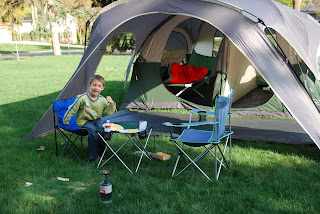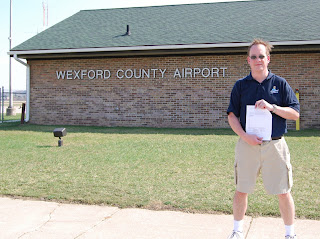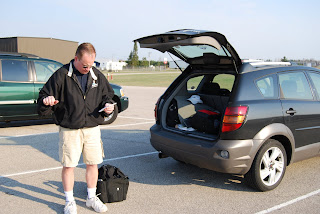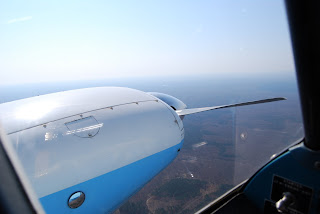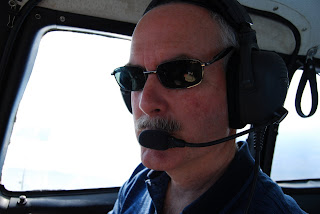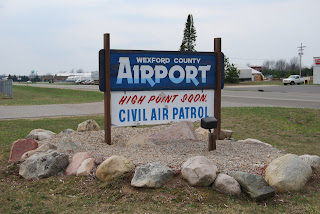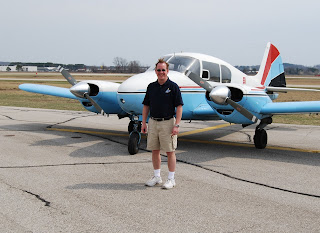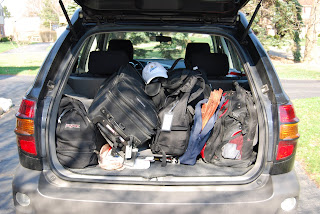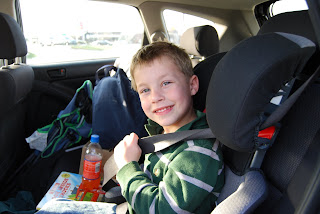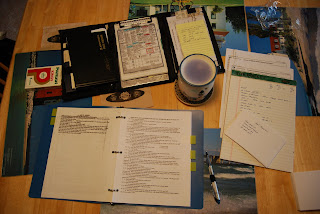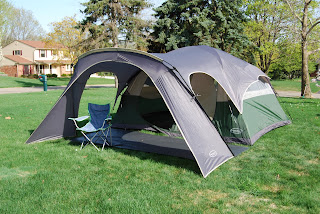
This is a regular blog post. Please see the other entries if you’re looking for show notes or interview audio.
93 days to Oshkosh! Am I obsessing early?
I picked up the new hardware for this year’s Firebase Airspeed a few weeks ago at Costco and the weather was nice enough this weekend that we set it up and slept in it last night. Partially to figure out how the tent goes together, but also to get Cole in the tent and make sure that he’s accustomed to sleeping there before we hit Camp Scholler in earnest.
We also cooked out. Velveeta Mac and Cheese – the official Airspeed meal of choice for Oshkosh.
We’ll podcast and post our GPS coordinates once we get settled in and will be delighted to see any visitors who decide to amble by.
We’re planning on Wednesday through Saturday again this year, but might expand it a little one way or the other. I’ve been in contact with EAA Radio and might be doing some volunteer work for them, both in pre-production and onsite during the event. It comes down to what Fareed and his crew need and what I can provide. Watch this space!
